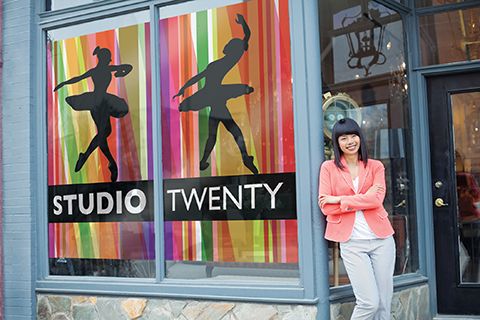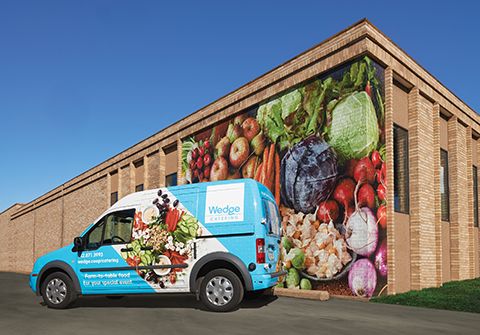By Jeff Uzbalis
Many commercial printing companies have been entering the wide-format arena in recent years, as the market continues to grow. Most advertisers say wide-format graphics are effective at meeting their goals, so there has been a corresponding increase in spending on out-of-home (OOH) advertising over time.
By way of example, in a study presented in September 2014, approximately 85 per cent of consumers reported they were influenced by in-store graphics when making purchasing decisions, compared to only 37 per cent citing social media as an influence. Other studies have shown how vehicle graphics are the lowest-cost form of advertising, in terms of the investment required and the number of people reached.
OOH is not just billboards, car wraps and point-of-purchase (POP) displays. It also includes event graphics, building wraps and exhibits. Walls, windows and floors—both indoors and outdoors—are all being wrapped with eye-catching graphics in more and more environments, from arenas to museums. InfoTrends, a market research and strategic consulting firm for the digital imaging industry, estimates these applications represent an approximately $10 billion market in the U.S., which translates to an approximately $1 billion market within Canada.
One major reason this market continues to grow is an increasing frequency of graphic updates. Retailers who used to implement décor for five years at a time now change out their graphics every two years or every quarter. Even banks look like retail stores now, with enticing advertising graphics replaced on a seasonal basis.
So, it is little wonder to see this market attracting commercial printing companies, particularly those that are already well-established as retailers’ print vendors. For the most part, however, they are accustomed to imaging on paper, for applications where there is little chance of anything going wrong with their products after they are printed. Some commercial print professionals become aware of the higher profit margins associated with wide-format graphics and race into the market, but end up choosing the wrong materials and/or installing them poorly.
With wide-format media, printing is only the beginning of the process. It is important to understand not just how to create the desired image on the material, but also how to finish, install and eventually remove it. All problems that can occur at these various stages of the process are completely preventable, so long as graphics providers conduct their due diligence upfront, including site inspections.
Windows
Window graphics represent the biggest growth area within the OOH market, as they have proven
a cost-effective method for retail promotions. The aforementioned 2014 study, by 3M, showed they can account for drawing 25 per cent of a store’s traffic.

Studies show window graphics can account for drawing 25 per cent of a commercial location’s traffic.
Glass has a high level of surface energy. This makes it easy to stick graphics to a window, but difficult to remove them. With this in mind, permanent adhesives are not recommended. Rather, changeable adhesives are appropriate for short-term graphics, while removable adhesives are suitable for longer campaigns. A recent one-week skating event, for example, needed changeable films for window graphics installed in cold weather at Budweiser Gardens in London, Ont.
There are many possible approaches for window graphics. They may be single- or double-sided; applied to the outer (‘first’) or inner (‘second’) surface of a window; and printed on opaque, translucent or clear film.
The specific approach will depend on the circumstances of the job. With tinted windows, for example, ad graphics will need to be installed on the first surface or they will be darkened by the tint. With double-sided graphics, a blockout film layer is inserted between the two printed films. And perforated films are often required to allow people to see outside from inside a building.






